
Alfred Jodocus Kwak Koning Sam (4+)
De uit Hamburg afkomstige tekenaar Harald Siepermann, sinds 1987 werkzaam voor Walt Disney Feature Animation voor films als Tarzan, Finding Nemo, Mulan en Brother Bear, was verantwoordelijk voor het uiteindelijke personage dat werd gebruikt voor de merchandising (in de vorm van boeken en stripboeken) en voor de tekenfilm over Alfred.
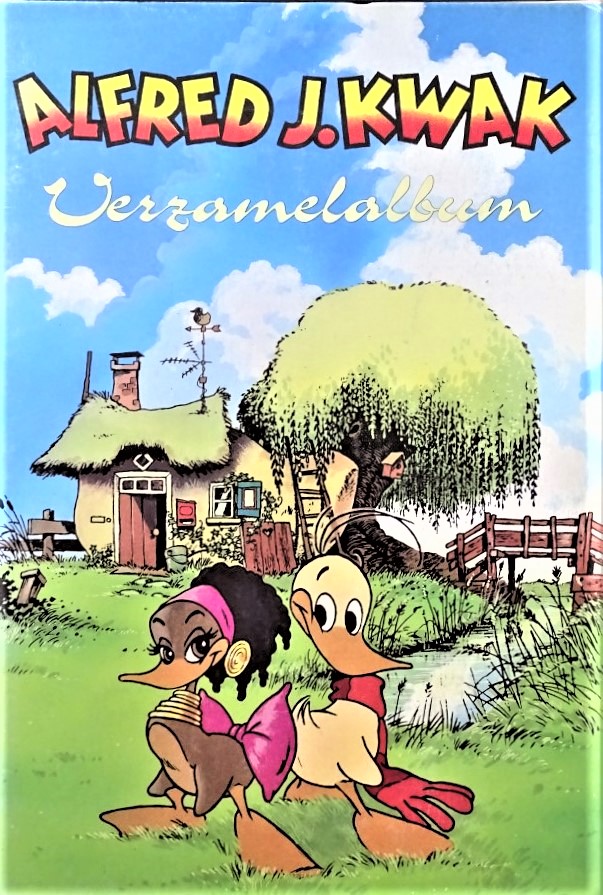
Akim Stripwinkel Alfred Jodocus Kwak Verzamelalbum, Plaatjesalbum, Eerste druk (1989) (Blokker)
Hermannus Jantinus van Veen (born 14 March 1945) is a Dutch stage performer, actor, author, singer-songwriter and musician. He worked with accompanists Laurens van Rooyen and Erik van der Wurff, both were pianist annex composer.. In addition to performing internationally, van Veen is famous as the creator of Alfred J. Kwak (1976). The original one-man theatre show was adapted as a Dutch-German.

alfred jodocus kwak colour by MaaikeArt on DeviantArt
Alfred Jodocus Kwak. 3 appearances; Alfred J. Kwak. 1 appearances; No recent wiki edits to this page. Alfred is a small yellow duck and lives in a wooden shoe in Groot Waterland..

Alfred J. Kwak (TV Series 19891991) Posters — The Movie Database (TMDB)
Alfred Jodocus Kwak (アルフレッド・ヨードカス・クワック) Alfred J. Kwak is a duck. As a kid he lives in a giant clog with his family, later on he lives with his adoptive father Henk in a clog-shaped house. He is very concerned with other people. Although he has gone through a lot of sad things, his favourite song is 'Ik ben.
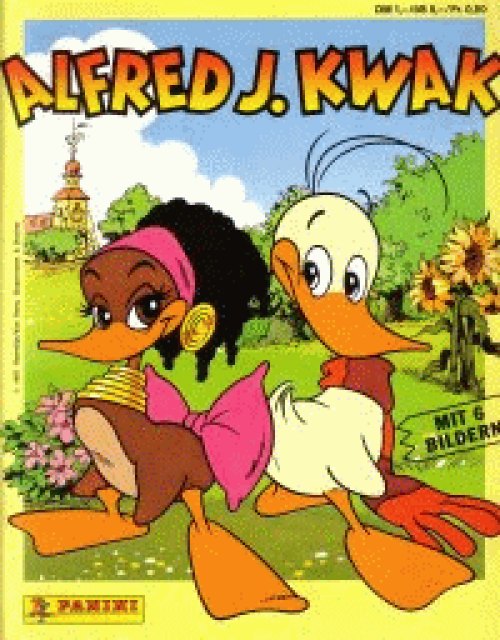
Alfred J. Kwak Panini
Alfred Jodocus Kwak, commonly known as Alfred J. Kwak, is a funny animal character of furry interest that stars on a Dutch theatre show by Herman van Veen, and later animated as a television series in 1989 by VARA and Telecable Benelux B.V. . The television series consists of 52 episodes, with the characters designed by Harald Siepermann . Contents

Alfred J. Kwak Zeichentrickfilme, Zeichentrick, Kindheitserinnerungen
Synonyms: Alfred Jodocus Kwak, Little Duck's Big Love Story, The Adventures of Alfred J. Quack, Alfred J. Kwak, Alfred J. Quack, Ahiru no Quack, Ahiru no Kwakku Japanese: 小さなアヒルの大きな愛の物語 あひるのクワック Information Type: TV Episodes: 52 Status: Finished Airing Aired: Apr 3, 1989 to Mar 29, 1990 Premiered: Spring 1989 Broadcast: Unknown Producers: TV Tokyo
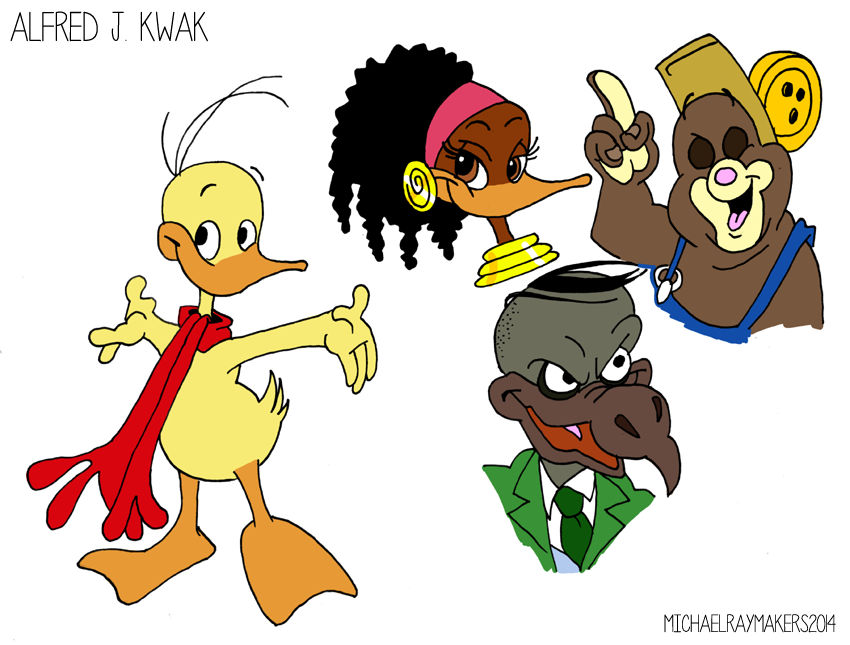
Alfred J. Kwak by michaelangelo on DeviantArt
De kraaienpartij: Directed by Vivian Pieters, Hiroshi Saitô. With Jarmo Koski, John Kraaijkamp Jr., Frits Lambrechts, Marc Nahuys. Dolf returns from abroad, unexpectedly inherits a fortune and start a revolutionary party. Most people underestimate him, but gradually de Kraaienpartij begins to incarcerate dangerous opponents.

Alfred J. Kwak by Rockxas Illustration 2D CGSociety
Sadly, he passed away after a long period of illness in February 2013 at the age of 50. 'Alfred Jodocus Kwak'. Harald Siepermann studied art at the Folkwang-Hochschule in Essen. Upon graduation in 1987, he set up his own storyboard studio, through which he worked for film and advertising studios in Düsseldorf, London and Zürich.

Alfred J. Kwak (1989) MUBI
Alfred J. Kwak [a] is a Dutch-Japanese children's animated comedy-drama television series based on a Dutch theatre show by Herman van Veen, produced by Telecable Benelux B.V. in co-production with VARA, ZDF, TVE, TV Tokyo and animated by Telescreen Japan, and first shown in 1989. It consists of 52 episodes.

Alfred Jodocus Kwak (19891991) a photo on Flickriver
Alfred Jodocus Kwak. アルフレッド・ヨードカス・クワック, Alfred J. Kwak 9. Gender: Male As a baby he lived in a giant clog with his family. After his family was run over by a car he was adopted by Henk and lives with him in a clogshaped house. He is very concerned with other people and values many virtues like human rights and.
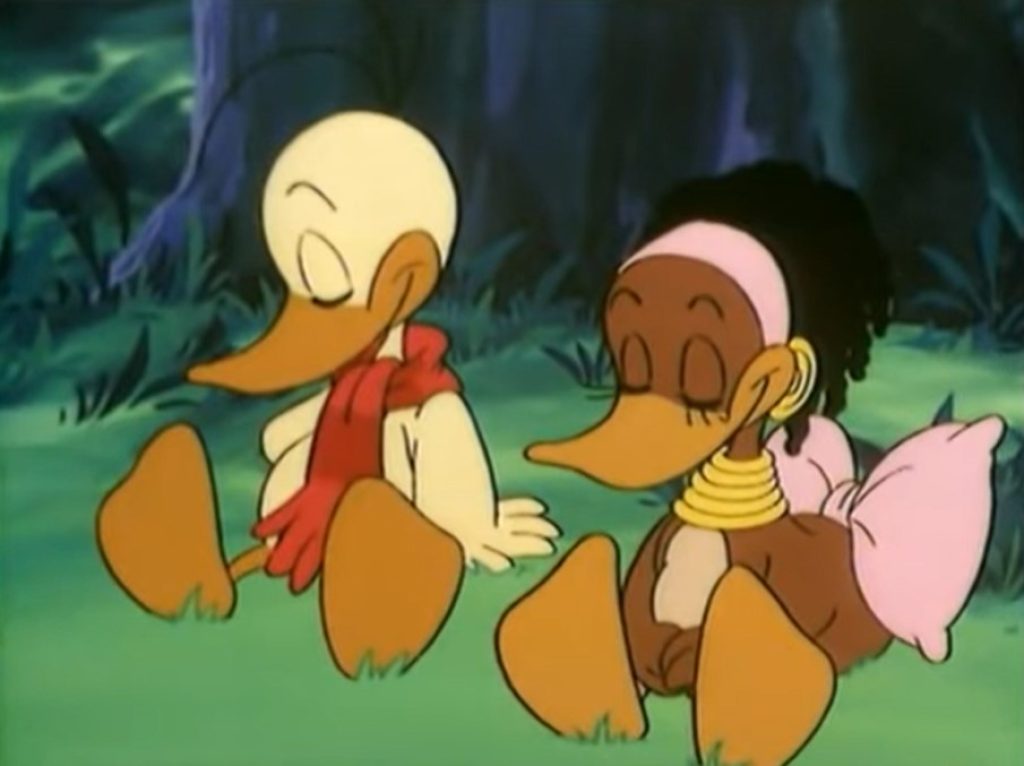
Alfred Jodocus Kwak 13 dingen die fans meteen herkennen
Komt in vrijwel alle afleveringen voor. Een mol en erkend mijnbouwexpert, die zich na de dood van diens ouders om Alfred bekommert. Hij was altijd goede vrienden met Alfreds ouders, Johan Kwak en Anna van de Polder. Om Alfred een goede thuis te kunnen geven, ging hij na hun dood in een klein bovengronds huis wonen.

Alfred J. Kwak INTRO (Serie Tv) (1989) YouTube
Alfred Jodocus Kwak is the titular character in a European-Japanese cartoon about an orphaned duck. The series is based on a Dutch theater show by Herman van Veen. While the show is designed ostensibly for children, it deals with unusually mature and dark themes. Alfred's family is killed by a car in the first episode. Bigotry, political zeal, and social justice are topics that the series.

Alfred jodocus kwak aflevering YouTube
Freedom Fighter Powers / Skills Optimism, speech, rebellion Hobby Defending and saving animals, citizens and/or nature, helping Professor Paljas Goals Save Great Waterland and the Universe of Dolf (succeeded) Family Johan Kwak (Father; deceased) Anna Kwak van der Polder (Mother; deceased) Henk de Mol (Adoptive father) Unnamed siblings (deceased)
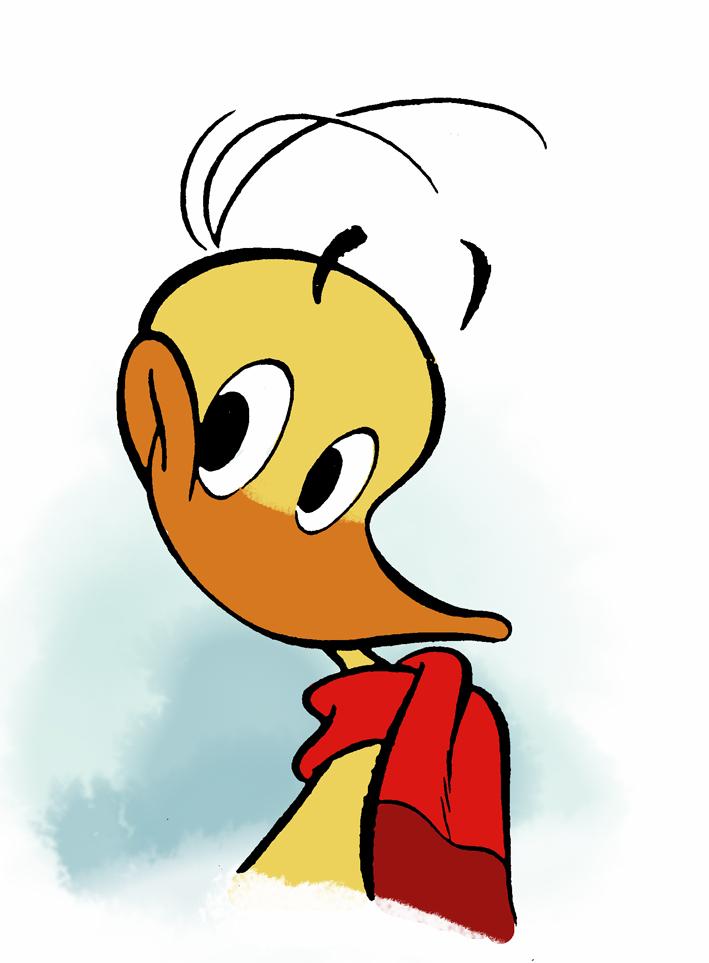
Alfred Jodocus Kwak Kwak Wiki FANDOM powered by Wikia
Alfred J. Kwak (1989-1991) De geschiedenis van Alfred Jodocus Kwak gaat terug naar het midden van de jaren '70, toen Herman van Veen voor zijn kinderen verhalen bedacht over het bijzondere eendje. De personages baseerde hij op de karakters van zijn eigen vrienden. De Duitse televisiepresentator Alfred Biolek stond model voor Alfred en Henk de.

Alfred Jodocus Kwak Jeugdherinneringen, Kindertijd, Herinneringen
Alfred J. Kwak TV Series 1989-1991 25m IMDb RATING 7.8 /10 2.6K YOUR RATING Rate Animation Adventure Drama After a horrific car accident takes the lives of his parents and siblings, a young duckling is raised by his considerate uncle to be good and responsible; meanwhile, his schoolmate Dolf slowly becomes seduced by fascism. Stars

alfred jodocus kwak by twinlightownz on DeviantArt
Alfred J. Kwak is the name and protagonist of a variety of Dutch media, most famously a cartoon, which was popular in several European countries, especially its native Netherlands, Germany, Finland and the United Kingdom. Created by multi-talent Herman van Veen, Alfred was originally a theatre piece in the 1970s, then a comic strip, and finally a cartoon in the late 1980s.